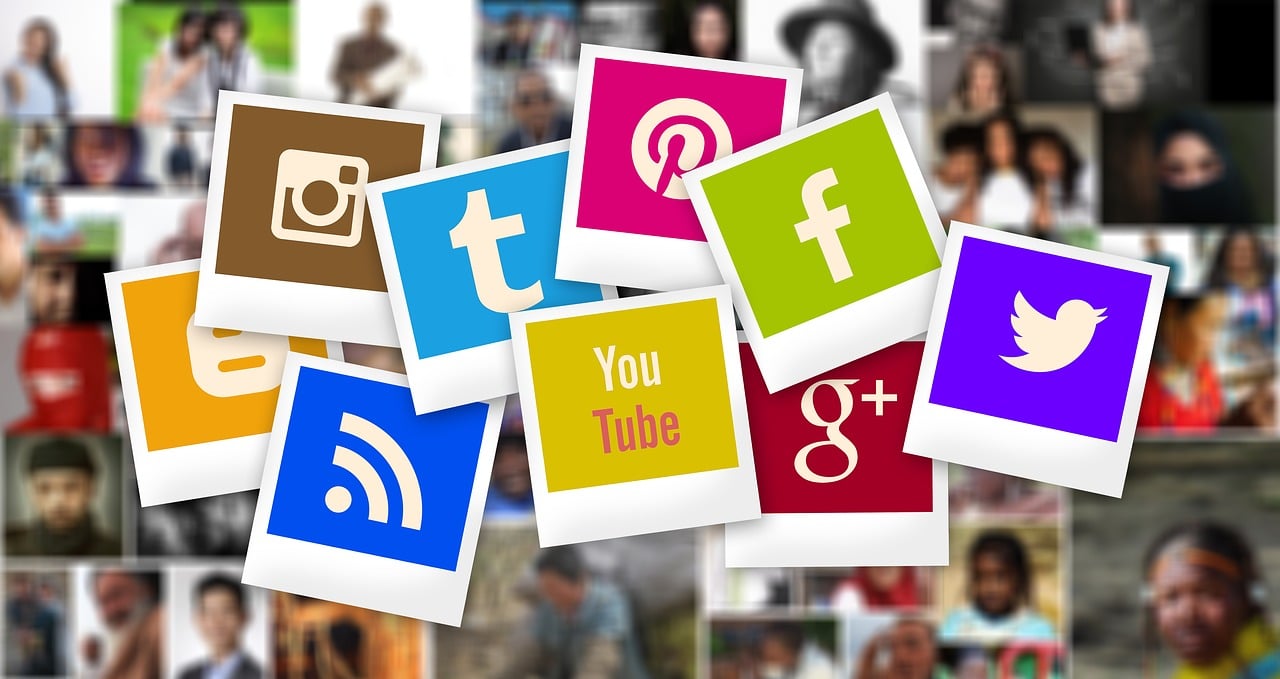Social media platforms are the biggest source of inspiration for purchases, with 37% of consumers using social channels to find purchase inspiration. With this in mind, brands need to start viewing social media as an investment opportunity, enabling them to multiply their profits.
You may have built your fan base across Facebook, Instagram, and Twitter, and used them as a way to stay engaged with your customer base. But if you know the right tricks, your social media strategy can take your sales to the next level. So without further ado, let’s look at 4 ways you can turn your social channels into a revenue generation machine!
[REITs]Q2 hedge fund letters, conference, scoops etc
Craft killer images and copy
When it comes to grabbing the attention of potential consumers on social, brands are more competitive than ever. Social copy needs to be carefully crafted and presented in a way that doesn’t look like a sales copy. Remember that there’s no real intent on social media, so brands shouldn’t try to deliver a hard sell like they would on Google Ads. Try delivering your CTAs in a conversational tone that comes across as more natural and maximizes your chance of a conversion. Wording should match the language of your demographic audience, while reflecting the company’s personality. Check out brands like J.Crew who nail this approach!
To successfully promote your product or service on platforms like Instagram, you need to have amazing visuals. Incorporate a consistent color palette that compliments your brand look/feel and represents a distinct style. 77% of shoppers say they would prefer to see customer photos than professional shots when making a purchasing decision. This means you should make use of high-quality user-generated content and partner with appropriate influencers where possible.
Make shoppable posts
For years, your advertising strategy on Instagram may have involved the phrase “Link in Bio”. This was frustrating for obvious reasons and showed how unoptimized the platform was for shopping. Being able to promote one product page at a time on a brand’s profile wasn’t ideal, to say the least. Luckily, that has now changed with the introduction of shoppable posts.
Brands can now post an image or video and provide a direct purchase opportunity that satisfies the social users’ immediate purchasing desires. This cuts the traditionally long and difficult journey from content to commerce and simplifies the buying funnel. However, it’s important that you take a balanced approach when using shoppable posts. There is nothing more off-putting than an Instagram or Facebook page that is just pushing product. Some brands that are particularly strong at keeping the balance are Kate Spade and Anthropologie. Learn how to get started with shoppable posts here.
Nurture your online community
Did you know that 53% of Twitter users expect a response from brands within an hour of tweeting? That figure increases to 72% when the tweet involves a complaint. But there is an upside to that: It represents a huge opportunity for brands to really make an impression on the potential buyer.
If your brand is active on social media and engaging with follower comments, it helps you stay at the forefront of the social media user’s mind. Engage in a dialogue about a product, provide some extra valuable information and build a sense of trust. Remember that followers who don’t comment on your post could still be paying attention to the comments section, so make sure the community feels heard and appreciated. Responding quickly also shows the potential buyer that you are diligent when it comes to product support and they will be more confident in their purchasing decision as a result.
Install retargeting pixels
Research shows that only 2% of web traffic converts on the first visit. But what about the remaining 98%? To make the most out of your social media marketing efforts, you will want to retarget these users.
One such way of doing this is through social media pixels. This is a code you can place on your website and it will collect data that allows you to track conversions, optimize your adverts, and build or retarget audiences. It is particularly useful for guiding social users along the buyer journey. With a retargeting campaign enabled, your ads could be seen after the user leaves your website. You are given another chance to bring their attention back to your brand and encourage conversion. By creating separate retargeting campaigns based on the specific page that the social user has visited, you can remarket them with content that they have already shown interest in. Learn how to set up pixel targeting for Facebook/Instagram, Twitter and LinkedIn.
These are some of the key tips for maximizing your social media return on investment. The world of social media is constantly evolving, but brands that keep up-to-date on new platform features and are willing to experiment will be rewarded in additional revenue.
Article By Colin Peter O´Riordan, Social Media Strategist at Brandwidth





